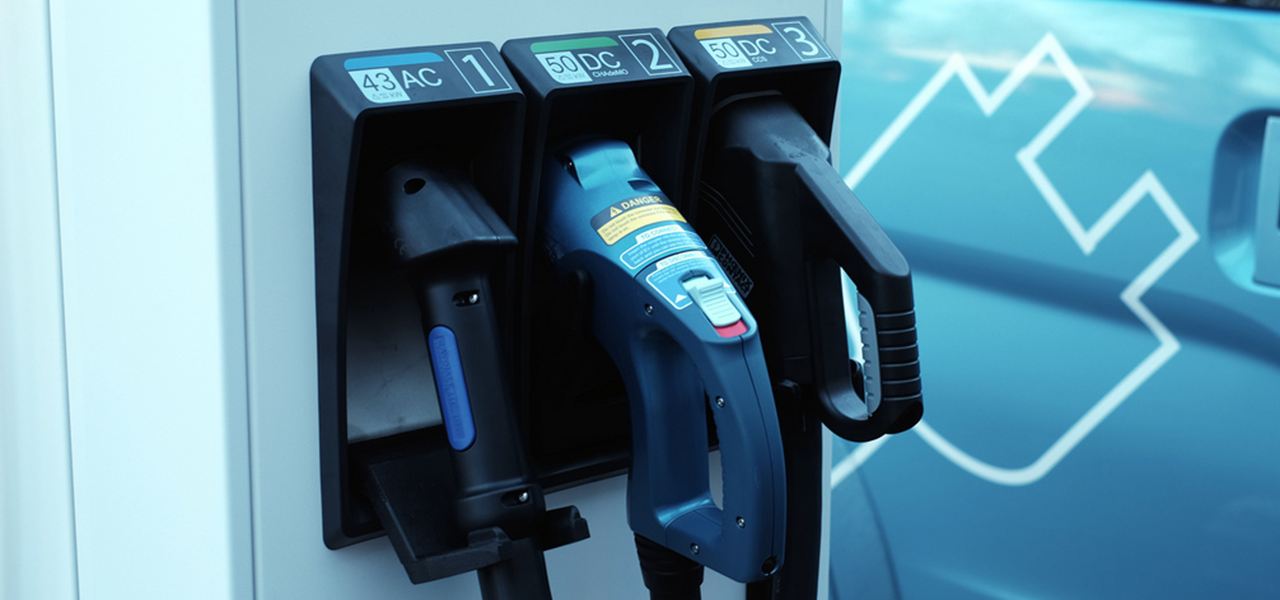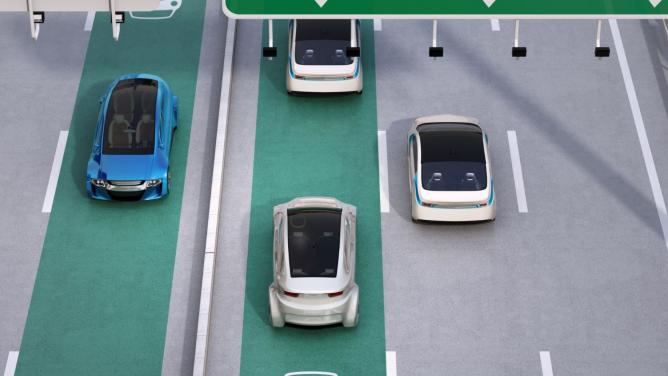 As electric transportation becomes more popular, rolling out technically and economically viable charging infrastructure remains one of the most persistent hurdles.
As electric transportation becomes more popular, rolling out technically and economically viable charging infrastructure remains one of the most persistent hurdles.
In the United States, the sales of battery electric vehicles (BEV) has grown by 30% in the past two years. Looking to 2030, BEV could reach a milestone of 10 million units sold, and some companies even look ahead to a predominantly electric automobile industry by 2040. Such a development requires a significant network of charging stations on America’s roads. As of right now, there are only 16,000 electric charging stations, and barely 10% of which offer fast-charging solutions. Evidently, it’s a catch-22 situation: drivers begrudge buying a car that they’ll, in theory, have to leave to charge for five to ten hours at a station – which are few and far between at that. And so as demand is not yet high, operators dither about building and managing such extremely costly installations, notably because fast-charging requires an immediate shot of power that’s hard to predict when, causing electric companies to proliferate rates.
Peak shaving
In response, the McKinsey Institute are putting forward stationary battery storage systems. This type of technology makes “peak shaving” possible, or rather, a system for avoiding high energy costs. Stationary batteries connect to the grid at off-peak times (when both the price of energy and demand are lower), storing the power and releasing it at any moment when a user needs it, simultaneously, and without needing to take power from the grid when demand is higher. Automobile manufacturers are taking note of this technology, like Tesla, who confidently consider the stationary energy storage industry to be a very promising market, and have installed vast power storage facilities and started marketing home batteries three years ago. As for Renault, they’re showing how it’s possible to give used batteries a new life by recycling them.
The technical and economical model for stationary battery storage could indeed allow the market to scale, all while reassuring potential electric vehicle buyers of just how easy they are to use.


